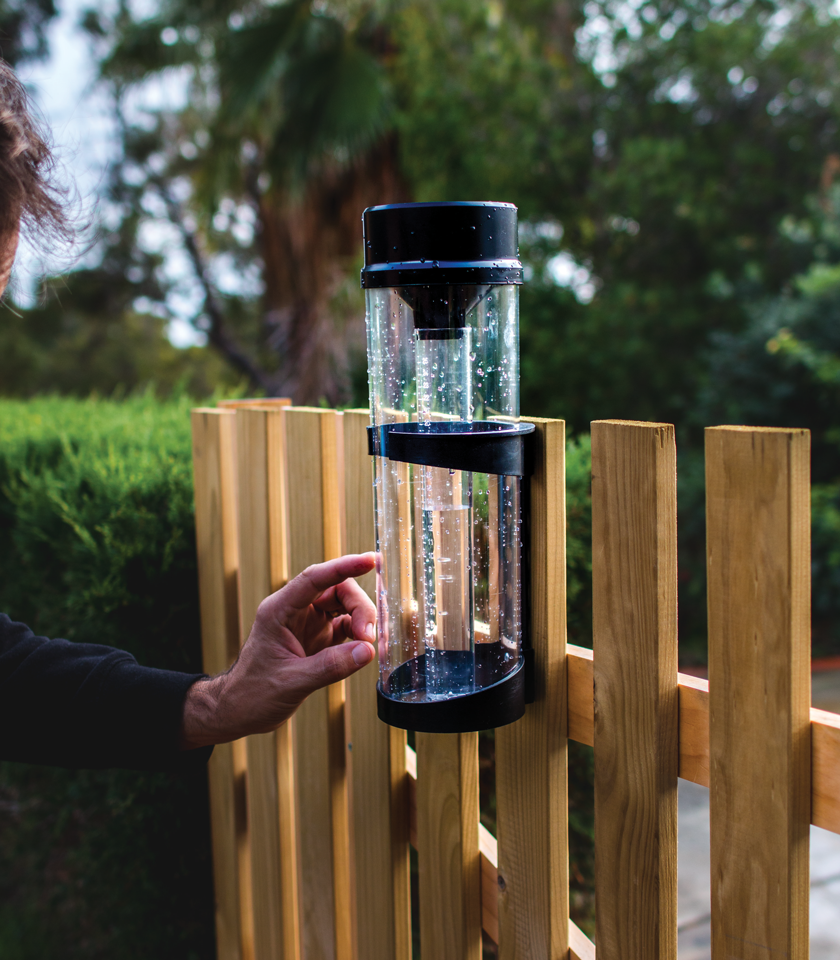Professional Tips for Using a Rain Gauge to Monitor Citizen Weather Conditions
Wiki Article
Revealing the Scientific Research Behind Rainfall Evaluates: Just How These Devices Play a Critical Function in Environment Study and Environmental Tracking
Rainfall gauges, relatively straightforward devices, hold a profound value in the realm of climate research study and ecological surveillance. These simple instruments quietly gather among nature's most vital aspects-- rains. Behind their unpretentious facade lies a complicated science that is vital for recognizing the characteristics of our environment. As we peel back the layers of this scientific veil surrounding rain evaluates, we discover a world where precision, data accuracy, and precise observation converge to unveil a deeper understanding of our changing environment and its influence on the earth.Importance of Rainfall Scales
Rain evaluates play a crucial function in tracking and measuring rainfall levels, providing essential information for environment research study and evaluation. These gadgets are essential in quantifying the quantity of rainfall that happens in a particular area over a certain period. By determining and gathering rainwater, rainfall gauges offer important understandings into the circulation and strength of rainfall, helping meteorologists, hydrologists, and climatologists in recognizing weather patterns and patterns.
One of the crucial reasons rainfall assesses are important is their capability to provide local and precise information. Unlike satellite or radar-based measurements, which supply wider monitorings, rain determines offer specific details certain to the place where they are positioned. This localized information is vital for different applications, consisting of flood forecasting, drought tracking, and water source management. Furthermore, lasting data gathered from rainfall gauges assists in assessing climate modification influences and patterns, contributing considerably to clinical research study and decision-making procedures. In essence, rainfall assesses function as crucial devices in the field of weather forecasting and ecological science, playing an important duty beforehand our understanding of weather condition and climate dynamics.
Kinds of Rain Scales
Performance and Operation
In the realm of environment study and atmospheric studies, the efficiency of rainfall determines lies in their intricate functionality and precise functional systems. Rain determines are made to properly determine the quantity of precipitation that drops over a specific location during a set period.The functionality of rain gauges is based on the concept of gauging and collecting rainwater in a standardized way. This accumulated data is critical for comprehending local weather patterns, tracking lasting climate trends, and examining ecological influences. To make sure exact measurements, rainfall assesses demand to be tactically put in open areas far from obstructions such as structures or trees that might hinder the collection process.
The operational element of rainfall determines includes regular maintenance to stop look these up debris buildup, calibration checks to maintain measurement accuracy, and data taping for analysis (rain gauge). Overall, the capability and procedure of rainfall evaluates are vital for collecting reliable precipitation information essential to climate study and ecological surveillance
Duty in Climate Study
Given the important significance of exact rainfall measurements in comprehending weather patterns and environmental effects, the role of rainfall evaluates in climate research is vital. Rain gauges offer essential information for environment research study by measuring the amount of precipitation that falls over a details area during an offered period. This information is vital for monitoring lasting patterns in precipitation patterns, evaluating the effect of climate adjustment on rains distribution, and improving environment versions.
Climate scientists utilize information accumulated from rain evaluates to assess variations in rainfall levels, identify local climate trends, and review the performance of water resource management methods. By contrasting historic rainfall data with current dimensions, scientists can detect changes in rainfall patterns, such as modifications in the regularity or strength of rainfall occasions. This info is crucial for understanding exactly how environment change is affecting rainfall characteristics and can assist policymakers make notified choices pertaining to adjustment and mitigation approaches.
Applications in Environmental Surveillance

In flood forecasting, rainfall scale information helps to track rainfall intensity and circulation, permitting authorities to provide timely warnings and take required measures to minimize flood dangers (rain gauge). Drought tracking depends on rainfall gauge information to examine wetness degrees in the dirt and track rainfall deficiencies, helping in the identification of drought-prone areas and the execution of drought reaction techniques
Moreover, rain scale data plays a vital duty in water source administration by giving info on water accessibility and use fads. This information is utilized to make educated choices regarding water allotment, preservation steps, and lasting water resource preparation. Furthermore, in agriculture, rain scale information helps farmers in optimizing irrigation schedules, crop choice, and general ranch management techniques based on local precipitation patterns. Generally, rainfall evaluates are indispensable tools in ecological monitoring, supplying valuable understandings that i thought about this add to educated decision-making and lasting resource administration.
Conclusion
To conclude, rain assesses are important devices for gauging precipitation, supplying important information for climate study and ecological monitoring. With different types and performances, rain assesses play an important duty in recognizing precipitation patterns and their impact on the setting. By properly determining rains, these gadgets add to the development of scientific knowledge and assistance in making informed decisions associated to water resource administration and calamity preparedness.Rainfall determines play a crucial role in monitoring and measuring precipitation levels, providing necessary information for climate study and evaluation. The common rain gauge, understood as the "tipping bucket" scale, is one of the useful site most commonly utilized tools. Ultrasonic rain determines use audio waves to spot the visibility of rain, providing real-time information on precipitation levels.Environment scientists utilize data gathered from rain assesses to evaluate variants in precipitation levels, determine regional environment fads, and evaluate the effectiveness of water resource management techniques.In conclusion, rain gauges are important devices for measuring precipitation, supplying valuable data for environment study and environmental surveillance.
Report this wiki page